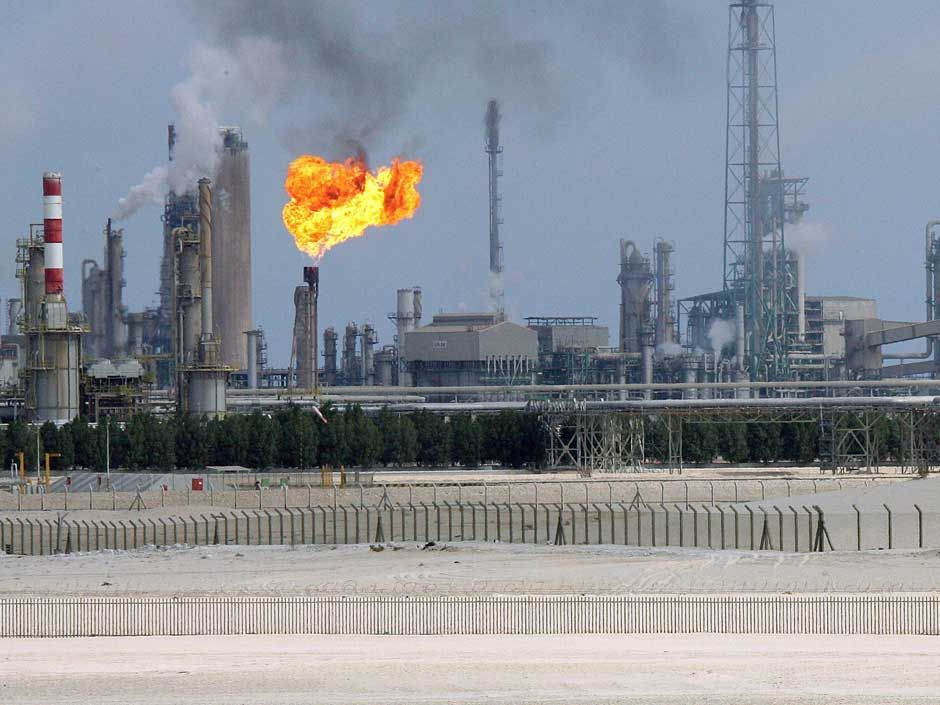Sarin Gas Use Doubted
Experts Don't See Evidence
By Matthew Schofield
McClatchy Washington Bureau
WASHINGTON — Chemical weapons experts voiced skepticism Friday about U.S. claims that the government of Syrian President Bashar Assad had used the nerve agent sarin against rebels on at least four occasions this spring, saying that while the use of such a weapons is always possible, they've yet to see the telltale signs of a sarin gas attack, despite months of scrutiny.
"It's not unlike Sherlock Holmes and the dog that didn't bark," said Jean Pascal Zanders, a leading expert on chemical weapons who until recently was a senior research fellow at the European Union's Institute for Security Studies. "It's not just that we can't prove a sarin attack; it's that we're not seeing what we would expect to see from a sarin attack."
Foremost among those missing items, Zanders said, are cellphone photos and videos of the attacks or the immediate aftermath.
"In a world where even the secret execution of Saddam Hussein was taped by someone, it doesn't make sense that we don't see videos, that we don't see photos, showing bodies of the dead, and the reddened faces and the bluish extremities of the affected," he said.
Other experts said that while they were willing to give the U.S. intelligence community the benefit of the doubt, the Obama administration has yet to offer details of what evidence it has and how it obtained it.
White House foreign policy adviser Benjamin Rhodes gave dates and places for the alleged attacks — March 19 in the Aleppo suburb of
Khan al-Assal; April 13 in the Aleppo neighborhood of Shaykh Maqsud; May 14 in Qasr Abu Samrah in Homs province, and May 23 in Adra, east of Damascus. But he provided no details of the fighting that was taking place or the number of dead.
"Ultimately, without more information, we are left with the need to trust the integrity of the U.S. intelligence community in arriving at its 'high confidence' judgment," Greg Thielmann, a senior fellow at the Washington-based Arms Control Association, said in an email. While he said that "my guess is they have it right," he also noted that the White House statement was "carefully and prudentially worded" and acknowledged the lack of a "continuous chain of custody for the physiological samples from those exposed to sarin."
"It does not eliminate all doubt in my mind," he said.
Philip Coyle, a senior scientist at the Center for Arms Control and Non-Proliferation in Washington, said that without hard, public evidence, it's difficult for experts to assess the validity of the administration's statement. He added that from what is known, what happened doesn't look like a series of sarin attacks to him.
"Without blood samples, it's hard to know," he said. "But I admit I hope there isn't a blood sample, because I'm still hopeful that sarin has not been used."
Even a proponent of the United States providing military assistance to the rebels raised doubts about the possible motive for announcing the chemical weapons conclusion.
In a passionate argument for U.S. involvement in Syria, Anthony Cordesman, a security expert at the Center for Strategic and International Studies in Washington, wrote Friday that "the 'discovery' that Syria used chemical weapons might be a political ploy." The phrase was in an article that described strong strategic and humanitarian reasons for involvement in the crisis, particularly the recent involvement of the Lebanese group Hezbollah on the side of Assad.
Chemical weapons have been a focus of discussion in Syria ever since the day in August 2012 when President Barack Obama announced that the use of such weapons was a "red line" that would trigger possible U.S. military involvement. Since then, rebels have reported the likely use of chemical agents on dozens of occasions with varying degrees of credibility.
Only one detailed independent report of a chemical attack has surfaced in that time, however — a lengthy report in the French newspaper Le Monde last month that triggered both French and British letters to the United Nations.
Zanders, however, said that much about that report bears questioning. Photos and a video accompanying the report showed rebel fighters preparing for chemical attacks by wearing gas masks. Sarin is absorbed through the skin, and even small amounts can kill within minutes.
He also expressed skepticism about the article's description of the lengthy route victims of chemical attacks had to travel to get to treatment, winding through holes in buildings, down streets under heavy fire, before arriving at remote buildings hiding hospitals.
Zanders, who also has headed the Chemical and Biological Warfare Project at the Stockholm International Peace Research Institute and was director of the Geneva-based BioWeapons Prevention Project, noted that had sarin been the chemical agent in use, the victims would have been dead long before they reached doctors for treatment.
Zanders also said he's skeptical of sarin use because there have been no reports of medical personnel or rescuers dying from contact with victims. Residue from sarin gas would be expected to linger on victims and would infect those helping, who often are shown in rebel video wearing no more protection than paper masks.
Le Monde reported that one doctor treated a victim with atropine, which is appropriate for sarin poisoning. But that doctor said he gave his patient 15 shots of atropine in quick succession, which Zanders said could have killed him almost as surely as sarin.
(c)2013 McClatchy Washington Bureau






No comments:
Post a Comment